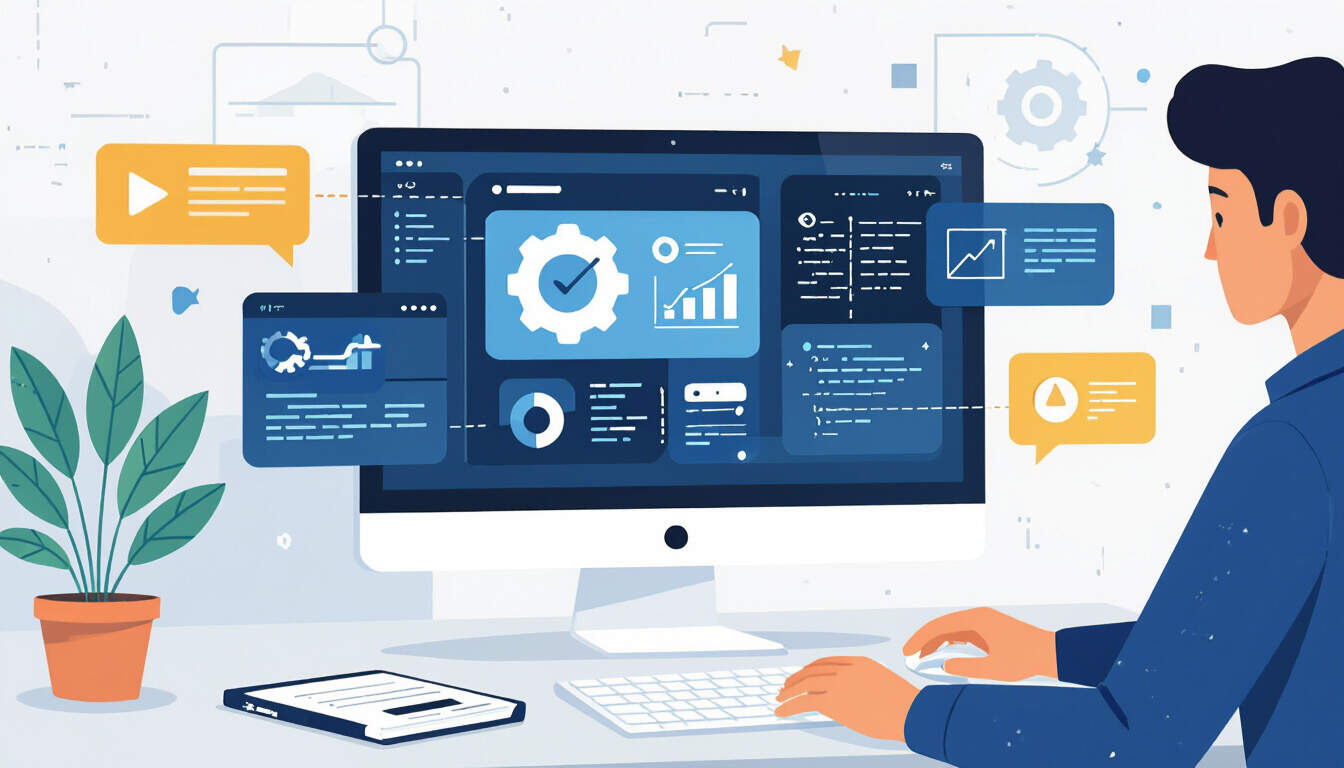Upsell Strategies for Solo SaaS Growth
 by Marlene Keeling
by Marlene Keeling
Explore practical upsell strategies to boost revenue in solo SaaS ventures. Learn how to use tiered plans and add-ons effectively, with real examples and guides for implementation, helping entrepreneurs expand their offerings.

Solo SaaS entrepreneurs often seek ways to grow their businesses without large teams. Upsell strategies offer a key approach to increase customer lifetime value. By focusing on existing users, these methods can lead to steady revenue gains.
One effective strategy involves tiered pricing models. This allows users to start with a basic plan and upgrade as their needs evolve. For instance, a solo developer might offer a core version of their app for essential features, then provide higher tiers with advanced tools. tiered pricing helps in retaining customers while encouraging them to invest more.
Another approach is adding optional features as upsells. These could include premium integrations or enhanced support. A real example comes from a note-taking app where users pay extra for AI-driven summaries. This not only adds value but also creates new income streams for the developer.
To implement these strategies, start with customer feedback. Gather data on usage patterns to identify potential upsell opportunities. For example, if many users request additional storage, prepare a module for that feature.
Here is a simple step-by-step guide for setting up upsell strategies:
- First, analyze your current user base. Review metrics like retention rates and feature usage to spot gaps.
- Next, design new offerings. Create add-ons that complement existing products, ensuring they solve specific problems.
- Then, test the upsells. Use A/B testing on a small group to measure interest and conversion rates.
- Finally, integrate into the user interface. Make upgrades easy, such as through a dashboard button that highlights benefits.
Real-world application shows success. Consider a project management tool built by a single developer. They introduced a pro version with collaboration features, turning free users into paying ones. This led to a 30% revenue increase within months.
Beyond pricing, bundling related services can work well. For example, bundle analytics tools with a core SaaS product at a discounted rate. This encourages users to adopt more features without feeling pressured.
For solo entrepreneurs, timing is crucial. Offer upsells after users achieve certain milestones, like completing their first project. This makes the suggestion feel relevant and timely.
Challenges may arise, such as user resistance. To counter this, emphasize the value clearly. Show how an upgrade saves time or improves results. SaaS growth depends on building trust through genuine benefits.
In practice, tools like simple CRM software can track upsell opportunities. A developer might use basic analytics to monitor engagement and trigger notifications for potential upgrades.
Consider a budgeting app example. The base version tracks expenses, while an upsell adds forecasting capabilities. Users who see the benefit of predictions are more likely to upgrade, aiding the entrepreneur's business stability.
Overall, these strategies require ongoing refinement. Regularly update offerings based on user input to keep them appealing. By doing so, solo SaaS creators can foster loyalty and sustainable growth.
To summarize, effective implementation involves planning, testing, and iteration. With these in place, upsells become a natural part of the user experience, driving long-term success for solo ventures.
